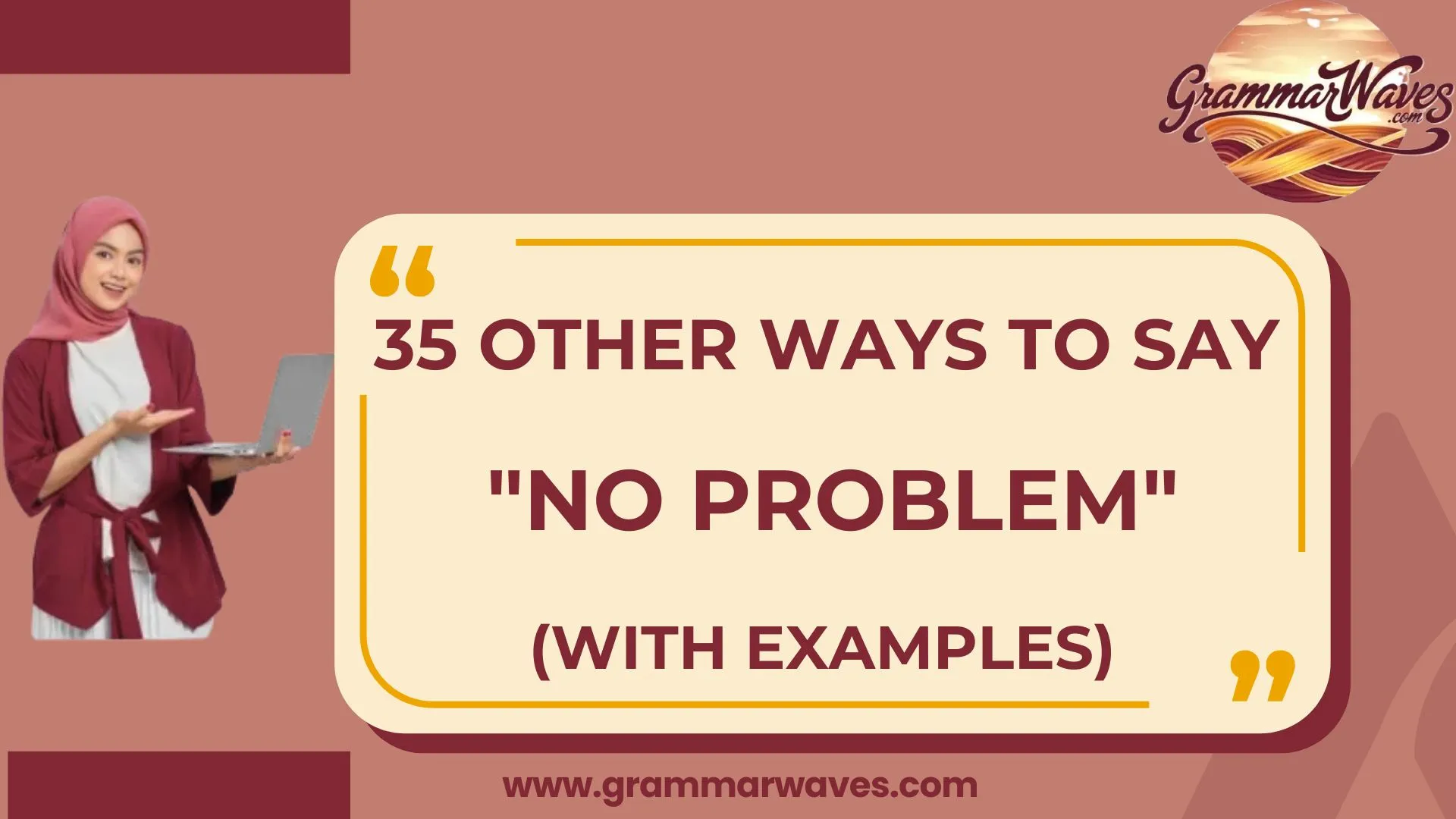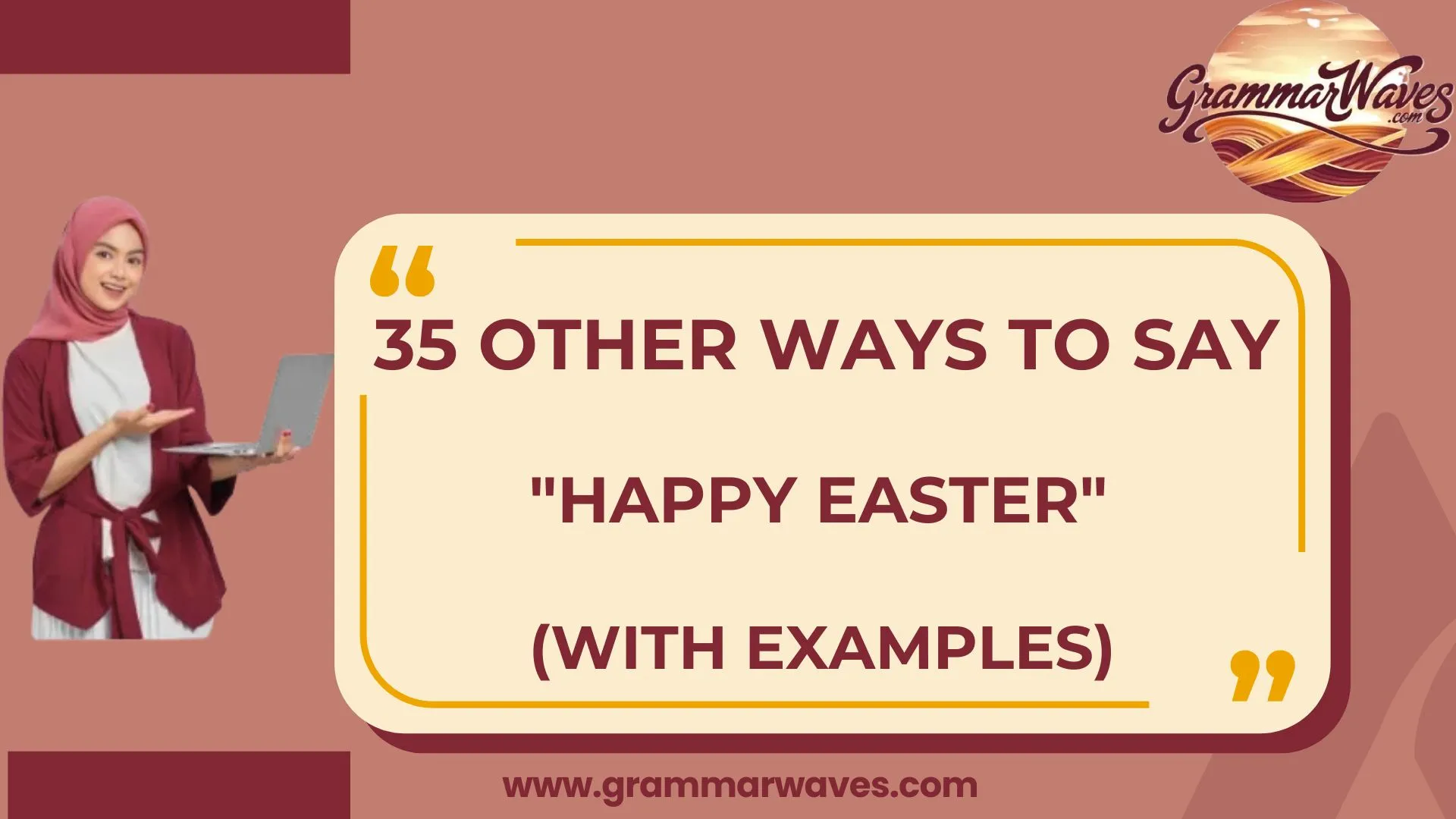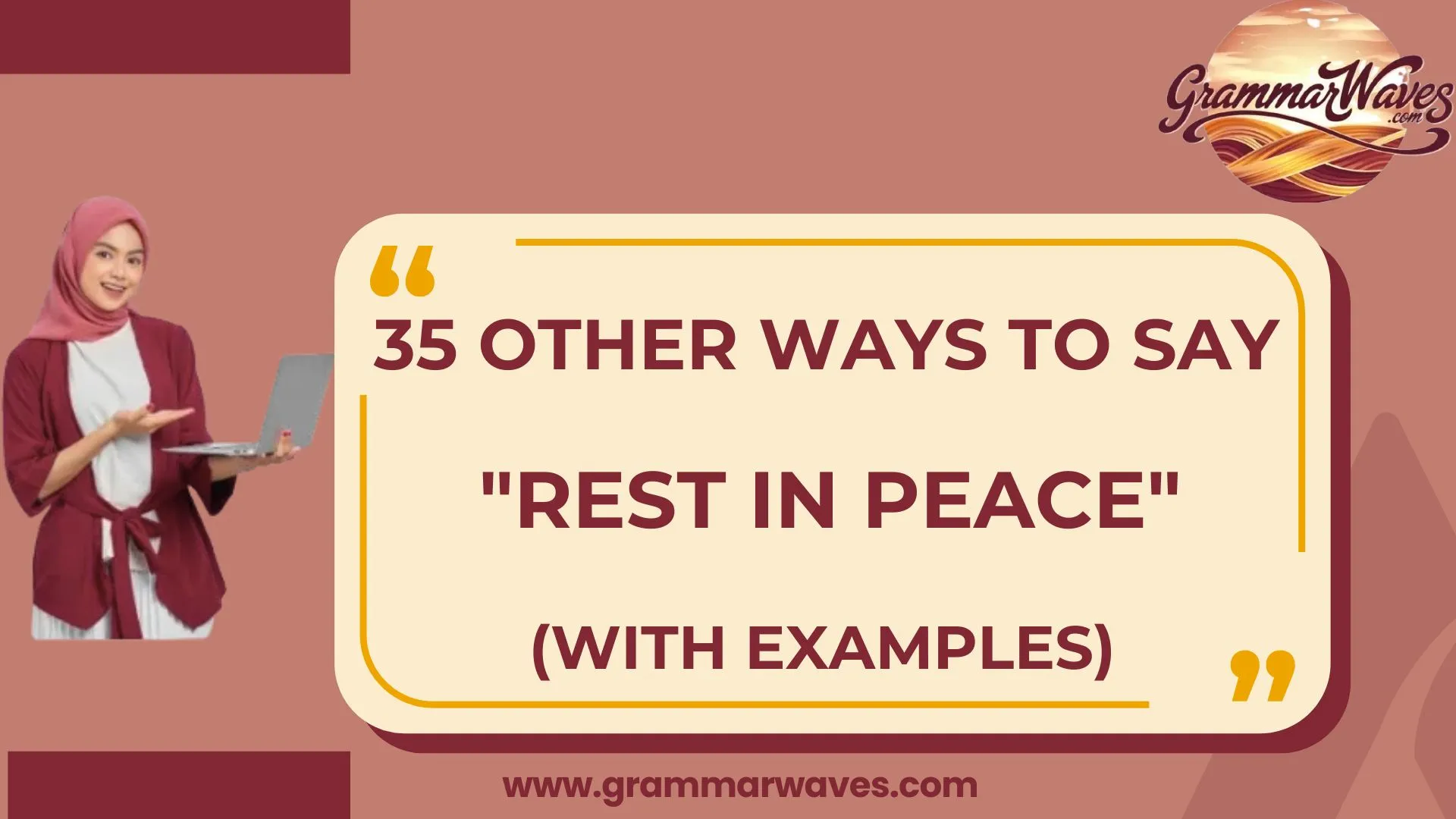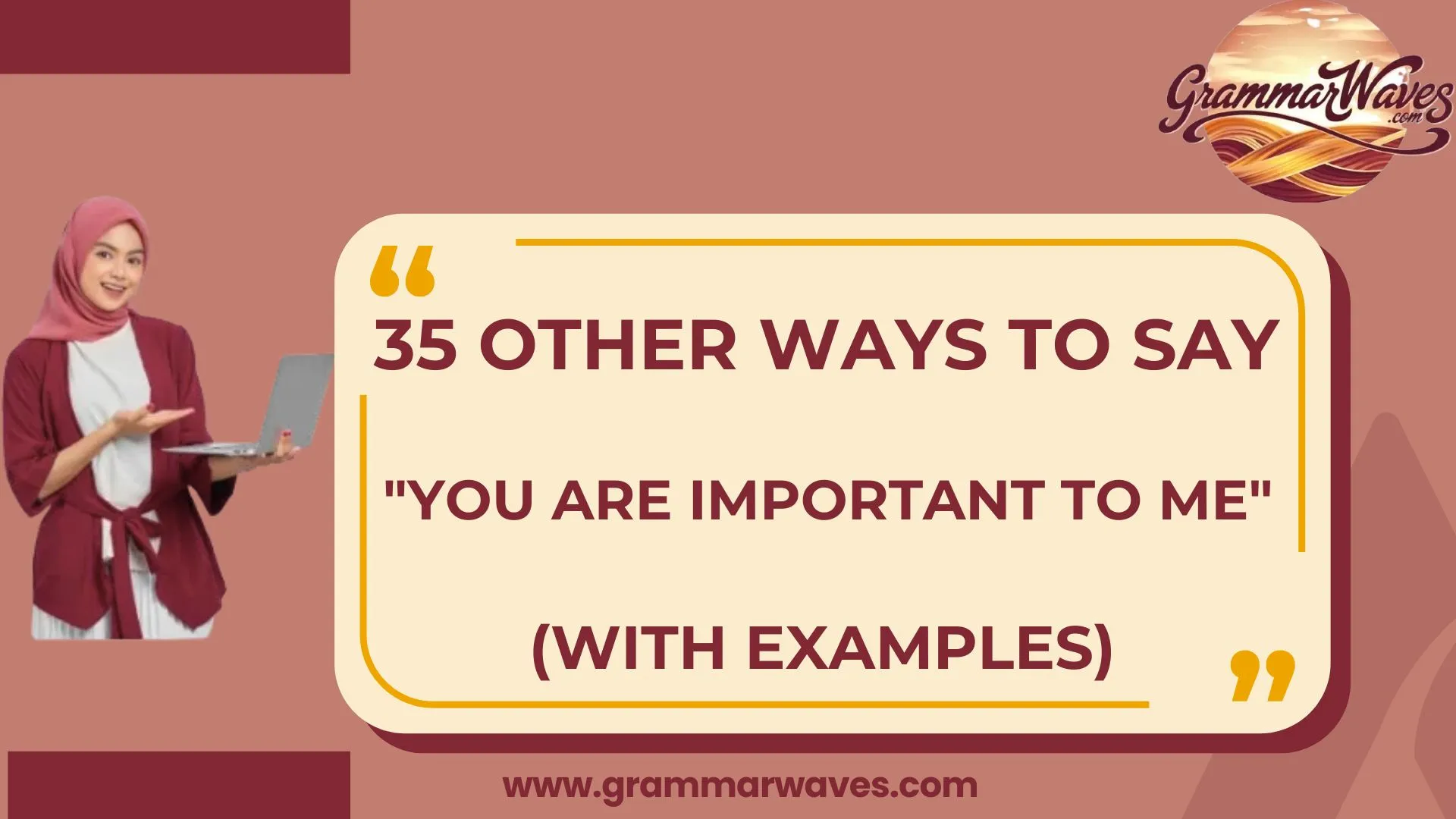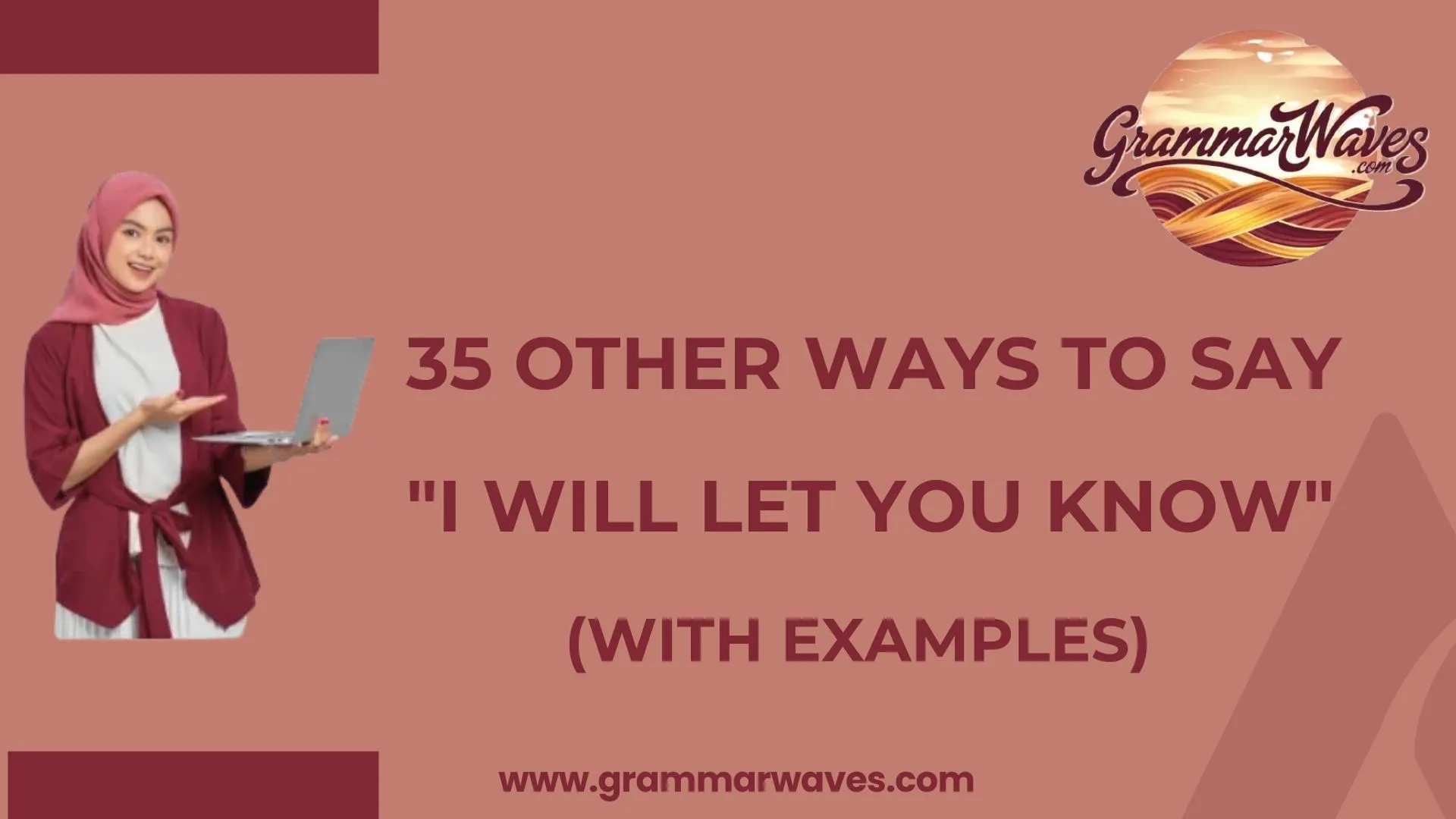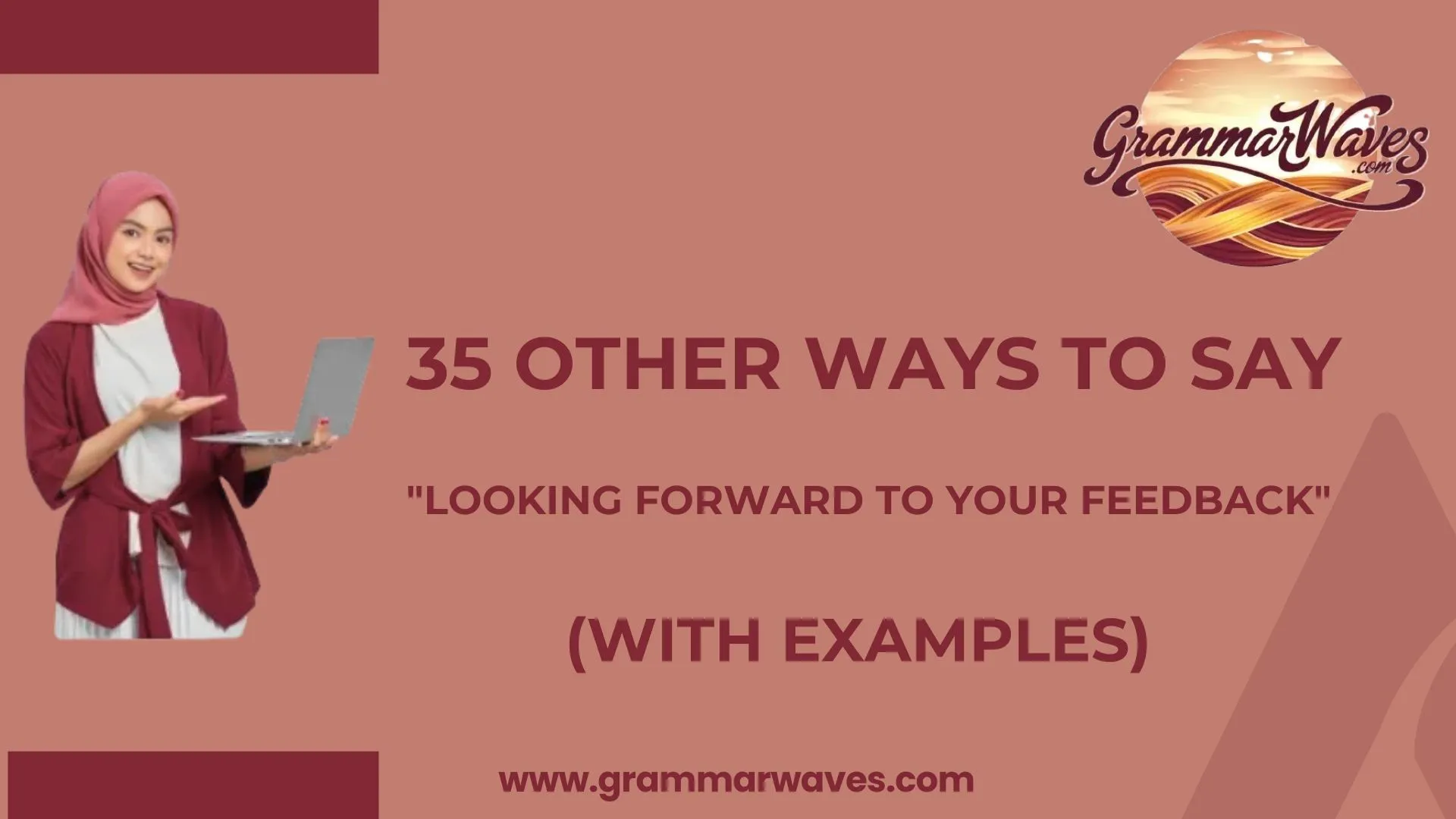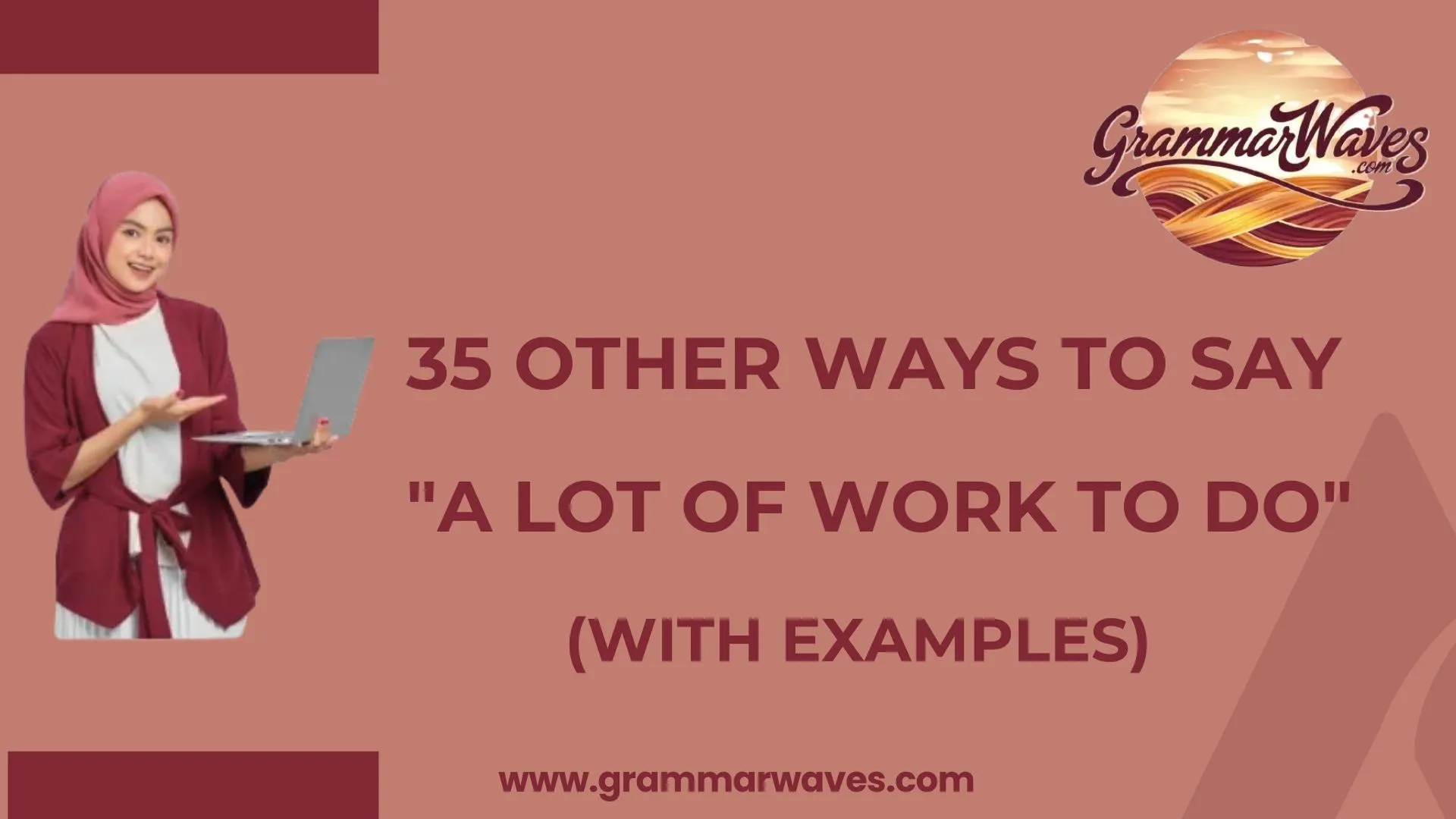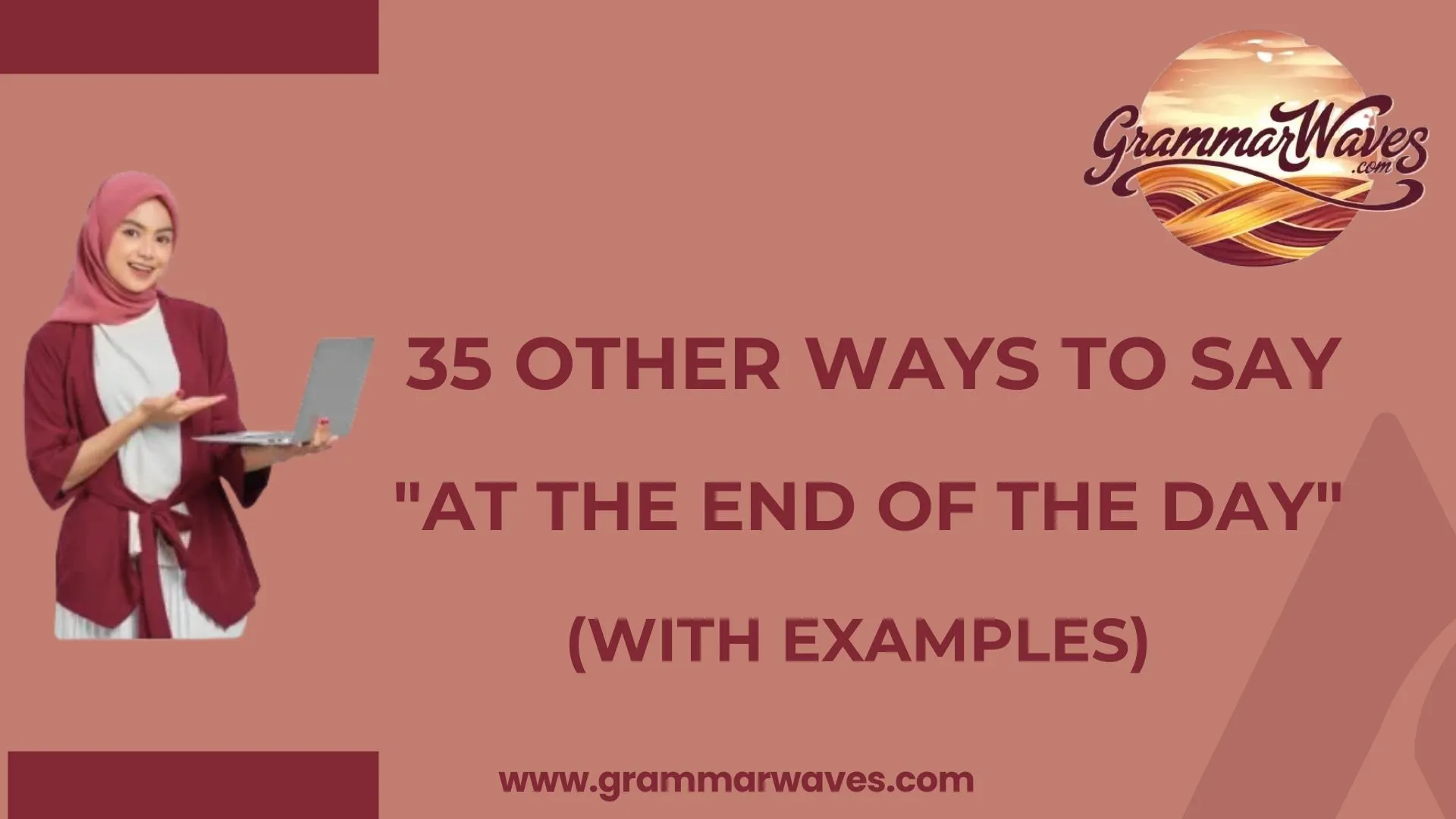Finding the right words to acknowledge someone’s thanks or request can transform a simple interaction into a moment of genuine connection. Saying No Problem is commonly used, but exploring alternative expressions allows you to convey warmth, care, and attentiveness. By choosing words thoughtfully, your responses can feel personal and meaningful, showing that you truly value the other person, their presence, and gratitude.
Focusing on acknowledging someone with sincerity can strengthen bonds and make interactions memorable. 35 thoughtful alternatives help you express appreciation in an authentic, friendly, and professional way, leaving someone feeling respected, understood, and valued. Using the right words turns ordinary exchanges into moments of genuine connection.
Finding the right words to acknowledge someone’s thanks or request can transform a simple interaction into a moment of genuine connection. While “No problem” is commonly used, exploring alternative expressions allows you to convey warmth, care, and attentiveness. By choosing words thoughtfully, your responses can feel more personal and meaningful, showing that you truly value the other person’s presence or gratitude.
What Does “No Problem” Mean?
“No problem” is an informal phrase used to indicate that a request or favor was easy to accommodate, that it caused no inconvenience, and that the speaker is happy to help.
It’s a casual acknowledgment of thanks, implying that the action or favor did not require excessive effort. While widely accepted in informal settings, tone and context matter for professional communication.
- “Thanks for helping me with this report.” → “No problem!”
- “I appreciate your time today.” → “No problem at all.”
Casual or friendly interactions, informal workplace chats.
Very formal emails or communications where “you’re welcome” might be more appropriate.
Friendly, casual, approachable.
When to Use “No Problem”
Use “No problem” when someone thanks you for a favor, assistance, or minor task. It works best in informal settings, casual workplace communication, or among friends and peers. Avoid overuse in formal emails or situations that require professional etiquette, as it may feel too casual.
Is It Professional/Polite to Say “No Problem”?
While “No problem” is generally polite, in professional or formal communication, phrases like “You’re welcome”, “My pleasure”, or “Glad to help” are preferred. “No problem” can sometimes unintentionally imply that the request could have been a problem, which may sound less professional.
Pros or Cons
Pros:
- Friendly and approachable
- Quick and casual
- Commonly understood
Cons:
- Informal for professional settings
- It can seem dismissive if the tone isn’t warm
- May imply that the favor could have been a problem
No Problem Synonyms:
- You’re Welcome
- My Pleasure
- No Worries
- Don’t Mention It
- Anytime
- Happy to Help
- Of Course
- Absolutely
- Sure Thing
- No Trouble at All
- Not at All
- It’s Nothing
- All Good
- You Got It
- Sure
- It Was My Pleasure
- Glad to Help
- No Big Deal
- It’s Fine
- Not a Problem
- Always Happy to Help
- Consider It Done
- That’s Okay
- It’s My Job
- Don’t Worry About It
- No Hassle
- Not an Issue
- Any Time at All
- I’ve Got You
- It Was Nothing
- No Sweat
- It’s Okay
- All Set
- Consider It Handled
- I’m Happy to Help
You’re Welcome
Meaning:
A classic, polite acknowledgment of thanks.
Explanation:
Conveys respect, warmth, and professionalism.
Examples:
“Thanks for reviewing my presentation.” → “You’re welcome.”
Best Use:
Formal or semi-formal interactions, emails, and workplace conversations.
Worst Use:
Too generic in highly casual chats; may feel stiff among friends.
Tone:
Polite, professional, warm.
My Pleasure
Meaning:
Shows that helping was enjoyable or gratifying.
Explanation:
Adds an element of sincerity and personal engagement.
Examples:
“Thank you for your guidance.” → “My pleasure.”
Best Use:
Formal emails, professional settings, or courteous interactions.
Worst Use:
Overly casual text messages may feel formal.
Tone:
Polite, warm, appreciative.
No Worries
Meaning:
Casual reassurance that the favor was no trouble.
Explanation:
Popular in informal settings; emphasizes that the action was effortless.
Examples:
“Thanks for helping me move.” → “No worries.”
Best Use:
Friends, peers, casual colleagues.
Worst Use:
Formal or corporate emails.
Tone:
Friendly, casual, relaxed.
Don’t Mention It
Meaning:
Downplays the effort, showing modesty.
Explanation:
Indicates that the favor was small or effortless.
Examples:
“Thanks for picking up the documents.” → “Don’t mention it.”
Best Use:
Casual and semi-formal conversations.
Worst Use:
It can sound outdated in modern professional settings.
Tone:
Friendly, humble, modest.
Anytime
Meaning:
Implies willingness to help again in the future.
Explanation:
Signals openness and reliability.
Examples:
“Thanks for covering my shift.” → “Anytime.”
Best Use:
Informal or friendly interactions.
Worst Use:
Formal workplace emails; too casual.
Tone:
Friendly, approachable, supportive.
Happy to Help
Meaning:
Communicates a positive attitude toward assisting.
Explanation:
Shows enthusiasm and willingness to assist.
Examples:
“Thanks for helping me troubleshoot.” → “Happy to help.”
Best Use:
Both professional and informal contexts.
Worst Use:
Rarely problematic; overuse may feel generic.
Tone:
Warm, supportive, encouraging.
Of Course
Meaning:
Indicates that helping was natural and expected.
Explanation:
Polite, confident acknowledgment without implying burden.
Examples:
“Thanks for sending the files.” → “Of course.”
Best Use:
Semi-formal or casual conversations.
Worst Use:
Overly formal situations may require “You’re welcome.”
Tone:
Polite, confident, approachable.
Absolutely
Meaning:
Enthusiastic affirmation of willingness to help.
Explanation:
Adds energy and positivity to the acknowledgment.
Examples:
“Thanks for arranging the meeting.” → “Absolutely.”
Best Use:
Informal and semi-formal contexts.
Worst Use:
Overly formal emails may feel casual.
Tone:
Energetic, positive, friendly.
Sure Thing
Meaning:
Informal acknowledgment showing readiness to help.
Explanation:
Casual and friendly, conveys ease.
Examples:
“Thanks for picking this up for me.” → “Sure thing.”
Best Use:
Informal settings with friends or colleagues.
Worst Use:
Formal professional emails.
Tone:
Friendly, casual, approachable.
No Trouble at All
Meaning:
Reassures that the favor required minimal effort.
Explanation:
Emphasizes that assisting was effortless and welcoming.
Examples:
“Thanks for helping me with the project.” → “No trouble at all.”
Best Use:
Semi-formal emails or conversations.
Worst Use:
Overly casual contexts can feel verbose.
Tone:
Polite, supportive, friendly.
Not at All
Meaning:
Downplays any inconvenience; emphasizes ease.
Explanation:
Suggests that helping was effortless and no burden at all.
Examples:
“Thanks for helping me with the report.” → “Not at all.”
Best Use:
Polite acknowledgment in professional or semi-formal settings.
Worst Use:
Too formal or archaic for casual conversations.
Tone:
Polite, humble, respectful.
It’s Nothing
Meaning:
Minimizes the effort, making the favor seem effortless.
Explanation:
Implies that assisting requires little to no effort.
Examples:
“Thank you for your time today.” → “It’s nothing.”
Best Use:
Casual or semi-formal situations.
Worst Use:
It can sound dismissive if the tone isn’t warm.
Tone:
Friendly, modest, approachable.
All Good
Meaning:
Casual reassurance that the favor or effort was fine.
Explanation:
Popular in informal communication; expresses no inconvenience.
Examples:
“Thanks for helping me out.” → “All good.”
Best Use:
Friends, informal workplace chats.
Worst Use:
Formal professional emails.
Tone:
Casual, relaxed, friendly.
You Got It
Meaning:
Informal acknowledgment showing readiness and reliability.
Explanation:
Communicates willingness to help and confirms the favor is completed or supported.
Examples:
“Thanks for sending me the file.” → “You got it.”
Best Use:
Informal, friendly, or team environments
Worst Use:
Formal professional communication.
Tone:
Confident, casual, approachable.
Sure
Meaning:
Short, casual acknowledgment of willingness to help.
Explanation:
Simple and widely understood, conveys agreement without elaboration.
Examples:
“Can you review this?” → “Sure.”
Best Use:
Casual conversations and quick responses.
Worst Use:
Formal or professional emails may feel abrupt.
Tone:
Casual, friendly, neutral.
It Was My Pleasure
Meaning:
Highlights that helping was enjoyable.
Explanation:
Polite and gracious, conveys sincerity.
Examples:
“Thank you for attending the session.” → “It was my pleasure.”
Best Use:
Professional settings, formal emails, courteous interactions.
Worst Use:
Overly casual texts.
Tone:
Polite, warm, professional.
Glad to Help
Meaning:
Shows positive willingness to assist.
Explanation:
Emphasizes helpfulness and genuine support.
Examples:
“Thanks for walking me through this process.” → “Glad to help.”
Best Use:
Both professional and informal contexts.
Worst Use:
Overuse may sound repetitive.
Tone:
Friendly, encouraging, approachable.
No Big Deal
Meaning:
Minimizes the favor, making it seem easy or minor.
Explanation:
Casual reassurance that it was not troublesome.
Examples:
“Thanks for fixing that mistake.” → “No big deal.”
Best Use:
Friends, casual colleagues, informal chats.
Worst Use:
Formal emails or professional reports.
Tone:
Casual, humble, friendly.
It’s Fine
Meaning:
Reassures that the action required little effort.
Explanation:
Neutral and simple acknowledgment of assistance.
Examples:
“Thanks for staying late.” → “It’s fine.”
Best Use:
Semi-formal situations; everyday interactions.
Worst Use:
Can feel dismissive if tone is flat.
Tone:
Calm, neutral, modest.
Not a Problem
Meaning:
Slightly more formal variation of “No problem.”
Explanation:
Polite acknowledgment of ease and willingness to help.
Examples:
“Thank you for helping me today.” → “Not a problem.”
Best Use:
Professional and semi-formal contexts.
Worst Use:
Very casual settings; may feel stiff.
Tone:
Polite, professional, friendly
Always Happy to Help
Meaning:
Expresses ongoing willingness to assist.
Explanation:
Conveys warmth, reliability, and eagerness.
Examples:
“Thanks for your guidance.” → “Always happy to help.”
Best Use:
Professional or friendly settings, emphasizing consistent support.
Worst Use:
Overly casual chats may feel verbose.
Tone:
Friendly, supportive, warm.
Consider It Done
Meaning:
Confident acknowledgment that the favor will be completed.
Explanation:
Shows reliability and readiness.
Examples:
“Can you send the report by noon?” → “Consider it done.”
Best Use:
Informal to semi-formal professional communication.
Worst Use:
Too casual for very formal emails.
Tone:
Confident, reassuring, professional.
That’s Okay
Meaning:
Casual acknowledgment that the favor caused no inconvenience.
Explanation:
Reassures that helping was easy or acceptable.
Examples:
“Sorry, I’m late.” → “That’s okay.”
Best Use:
Informal and everyday conversations.
Worst Use:
Formal emails or professional reports.
Tone:
Casual, friendly, modest.
It’s My Job
Meaning:
Polite professional acknowledgment emphasizing responsibility.
Explanation:
Suggests that helping is part of one’s role or duty.
Examples:
“Thanks for assisting with the project.” → “It’s my job.”
Best Use:
Workplace interactions; professional settings.
Worst Use:
Casual friends or social interactions.
Tone:
Professional, responsible, neutral.
Don’t Worry About It
Meaning:
Reassures that the favor was not a burden.
Explanation:
Often used to comfort someone who might feel apologetic.
Examples:
“I’m sorry for the inconvenience.” → “Don’t worry about it.”
Best Use:
Casual conversations or empathetic interactions.
Worst Use:
Very formal professional communication.
Tone:
Friendly, reassuring, warm.
No Hassle
Meaning:
Reassures that assisting requires minimal effort.
Explanation:
Communicates ease and willingness to help.
Examples:
“Thanks for arranging the meeting.” → “No hassle.”
Best Use:
Semi-formal and casual situations.
Worst Use:
Formal emails may prefer “You’re welcome.”
Tone:
Casual, approachable, friendly.
Not an Issue
Meaning:
Polite way to downplay any inconvenience.
Explanation:
Often used in both professional and casual settings.
Examples:
“Thanks for sending the updated files.” → “Not an issue.”
Best Use:
Professional emails or informal chats.
Worst Use:
Overly casual phrases might feel abrupt.
Tone:
Polite, calm, neutral.
Any Time at All
Meaning:
Shows ongoing willingness to assist in the future.
Explanation:
Extends the offer beyond the current favor.
Examples:
“Thank you for helping with the event.” → “Any time at all.”
Best Use:
Friendly or semi-formal interactions.
Worst Use:
Formal professional emails may feel informal.
Tone:
Friendly, warm, supportive.
I’ve Got You
Meaning:
Informal acknowledgment showing support and reliability.
Explanation:
Casual and reassuring phrase.
Examples:
“Can you help me with this?” → “I’ve got you.”
Best Use:
Friends, peers, informal workplace chats.
Worst Use:
Formal emails or client communication.
Tone:
Casual, supportive, friendly.
It Was Nothing
Meaning:
Minimizes effort, similar to “It’s nothing.”
Explanation:
Emphasizes humility and approachability.
Examples:
“Thanks for helping with the event.” → “It was nothing.”
Best Use:
Casual and semi-formal settings.
Worst Use:
Too casual for formal correspondence.
Tone:
Friendly, modest, humble.
No Sweat
Meaning:
Informal reassurance that helping was easy.
Explanation:
Commonly used among friends or peers.
Examples:
“Thanks for picking me up.” → “No sweat.”
Best Use:
Informal, friendly interactions.
Worst Use:
Professional or formal settings.
Tone:
Casual, friendly, relaxed.
It’s Okay
Meaning:
Simple reassurance that the favor caused no trouble.
Explanation:
Neutral and approachable phrase.
Examples:
“Sorry for the delay.” → “It’s okay.”
Best Use:
Casual and semi-formal settings.
Worst Use:
Overly formal emails may feel curt.
Tone:
Friendly, modest, neutral.
All Set
Meaning:
Confirms completion and reassures effort was minimal.
Explanation:
Casual acknowledgment that the favor or task is complete.
Examples:
“Thanks for organizing the files.” → “All set.”
Best Use:
Informal or semi-formal workplace chats.
Worst Use:
Formal emails.
Tone:
Casual, confident, friendly.
Consider It Handled
Meaning:
Confident reassurance that the task is taken care of.
Explanation:
Polite, professional, and assertive acknowledgment.
Examples:
“Can you take care of this?” → “Consider it handled.”
Best Use:
Semi-formal to professional interactions.
Worst Use:
Too casual for highly formal writing.
Tone:
Confident, professional, approachable.
I’m Happy to Help
Meaning:
Warm acknowledgment emphasizing enjoyment in helping.
Explanation:
Friendly and professional; shows willingness and positivity.
Examples:
“Thanks for your support today.” → “I’m happy to help.”
Best Use:
Both informal and professional settings.
Worst Use:
Overused phrases may feel repetitive.
Tone:
Warm, encouraging, supportive.
Final Thoughts
Mastering the art of saying “No Problem” in varied ways can significantly enhance your communication, making interactions feel warmer, more thoughtful, and genuinely empathetic. Whether in a professional email, a casual chat with friends, or a supportive conversation with a colleague, choosing the right phrase can shape the tone and perception of your response. Words like “Glad to help”, “It was my pleasure”, or “Always happy to help” not only convey that the favor was effortless but also express sincerity, friendliness, and professionalism.
Different contexts require nuanced language. Informal phrases such as “No sweat”, “All good”, or “I’ve got you” work well among peers, while formal variations like “It was my pleasure”, “Consider it done”, or “It’s my job” maintain professionalism without losing warmth. By having a rich repertoire of alternatives, you can avoid repetitive responses, keep your interactions fresh, and make the recipient feel valued.
Ultimately, effective communication is about connecting meaningfully while respecting context. Being mindful of tone, scenario, and relationship ensures that your words are not only grammatically correct but also emotionally resonant. Incorporating these 35 alternatives into your daily vocabulary allows you to convey grace, appreciation, and reliability every time you acknowledge a favor or effort, making your exchanges more thoughtful, authentic, and memorable.
FAQs
Is “No problem” always appropriate in professional emails?
While commonly used, “No problem” can sometimes feel too casual. In professional emails, phrases like “It was my pleasure” or “Glad to help” convey warmth and politeness more effectively.
What’s the difference between “No problem” and “You’re welcome”?
“No problem” emphasizes that helping was effortless, while “You’re welcome” is more traditional and formal. Context determines what feels appropriate.
Can casual alternatives like “No sweat” be used at work?
Casual phrases like “No sweat” are best reserved for informal or friendly workplace interactions. In formal communications, they may seem unprofessional.
How can I convey sincerity when saying “No problem”?
Tone and context matter. Phrases like “Always happy to help” or “It was my pleasure” convey genuine appreciation and maintain professionalism.
Why is it important to vary responses instead of always saying “No problem”?
Varying responses avoids repetition, keeps communication engaging, and demonstrates thoughtfulness. Using alternatives shows respect for context and strengthens personal and professional relationships.

Hi, I’m Olivia Sinclair, the voice behind GrammarWaves.com. I’ve spent years studying the fine points of English grammar, usage, and style – and I created this site to make those tricky topics feel simple, clear, and even enjoyable.
